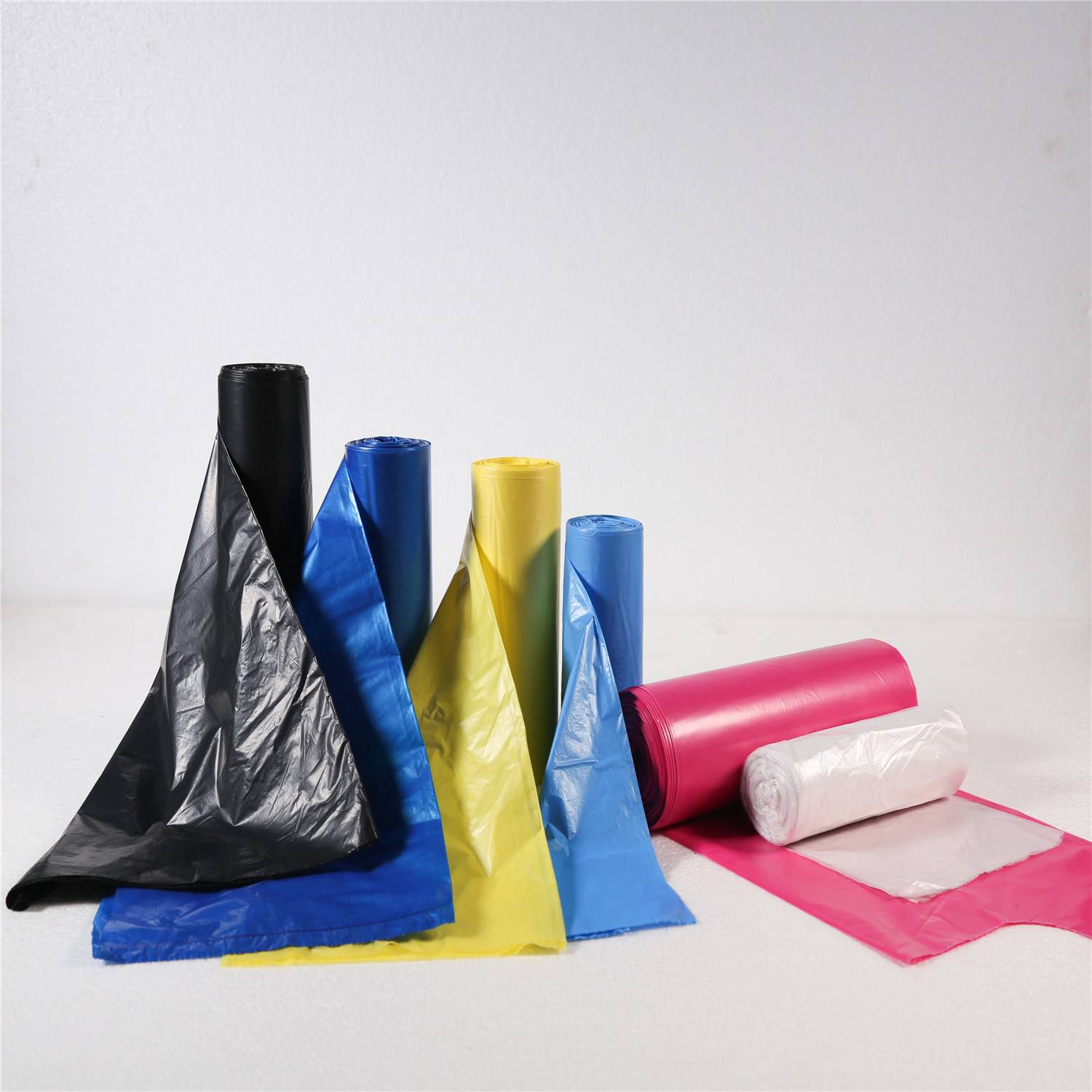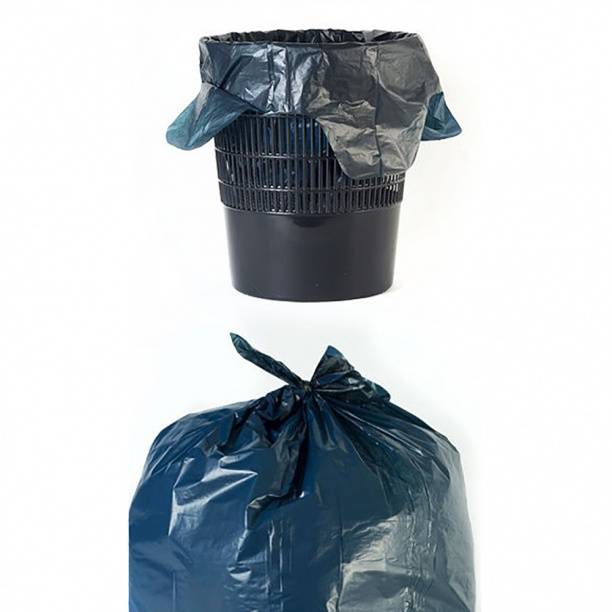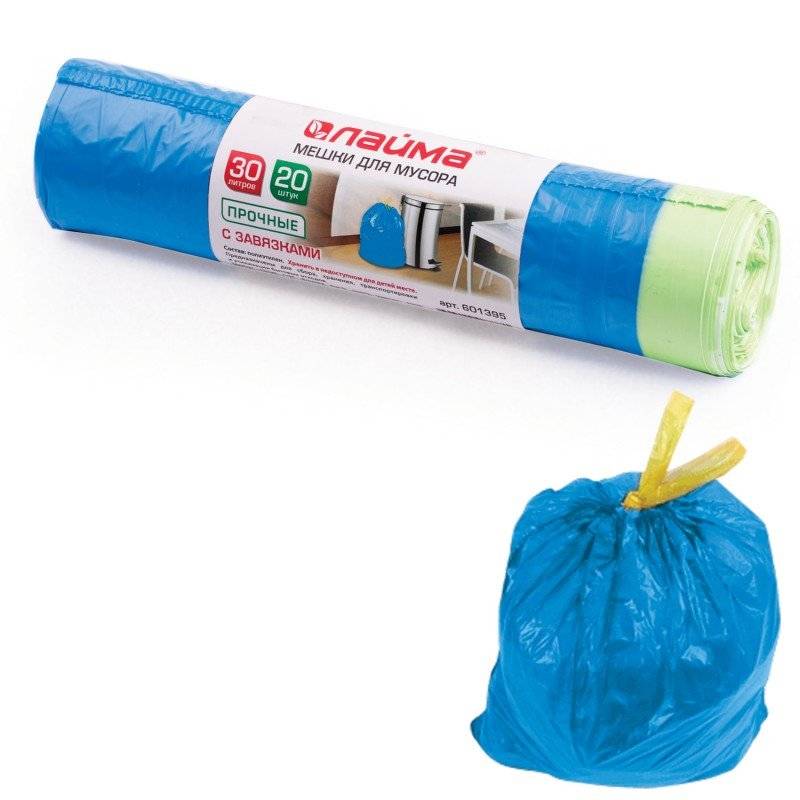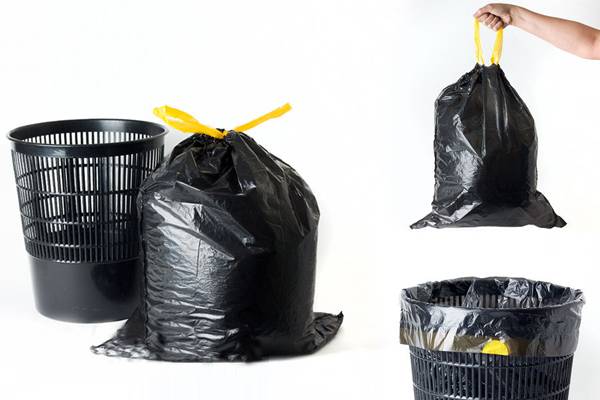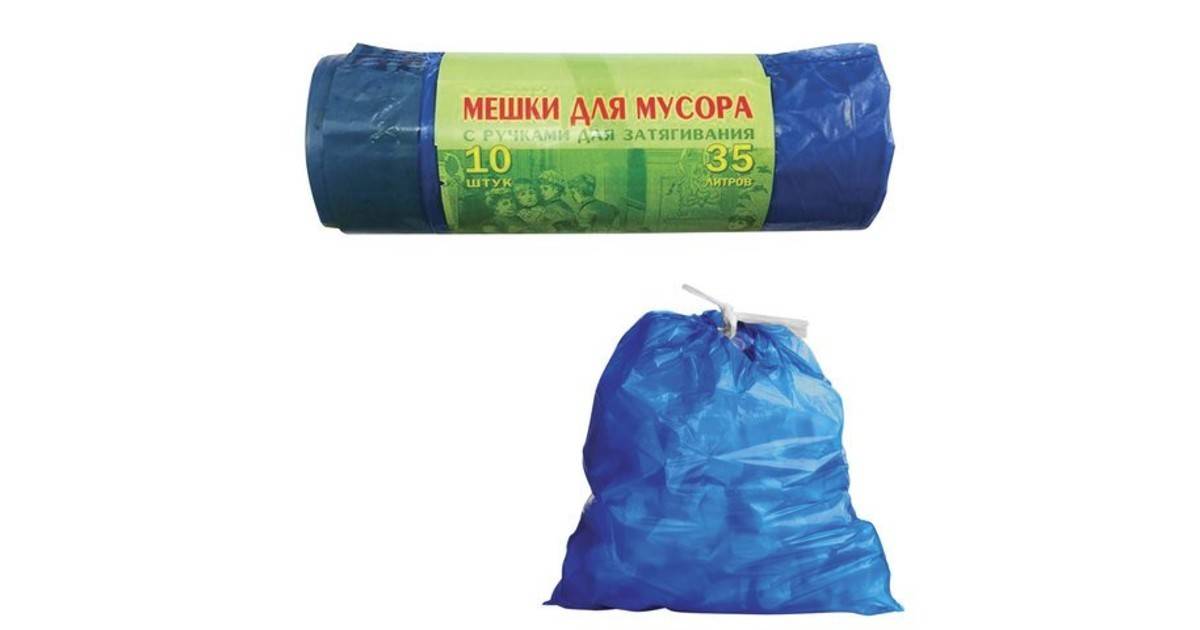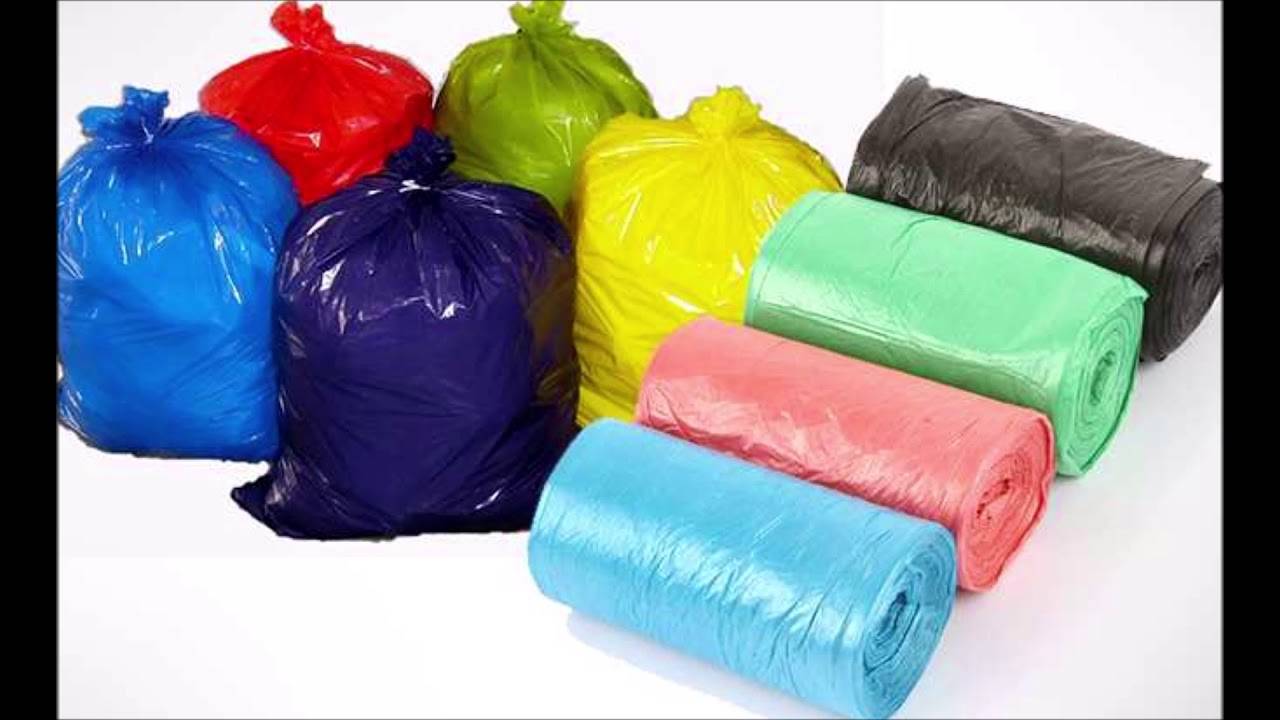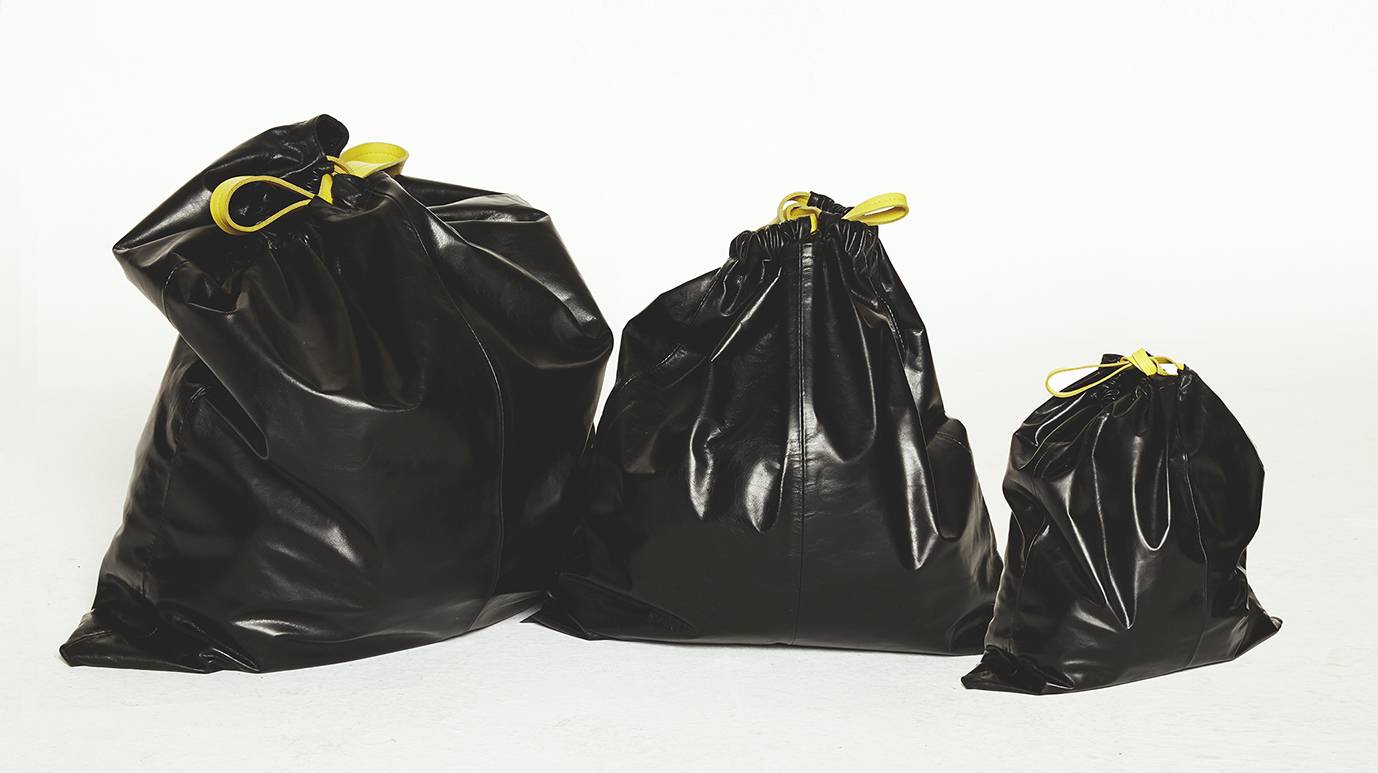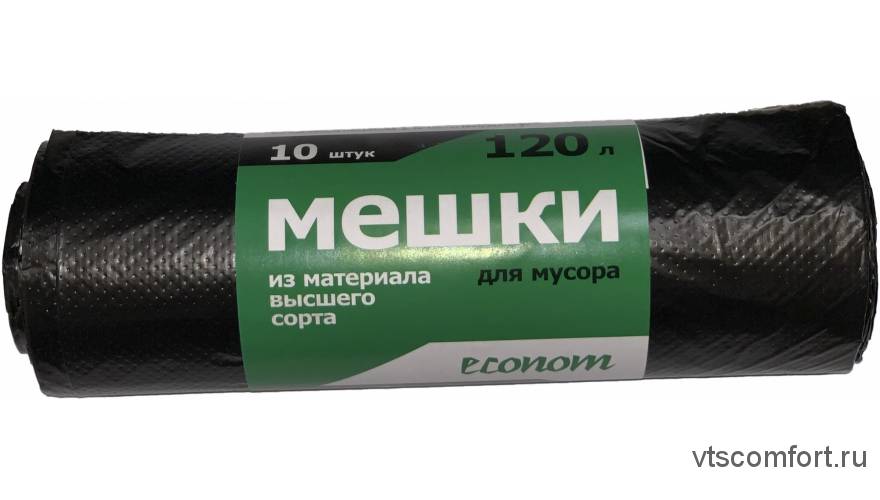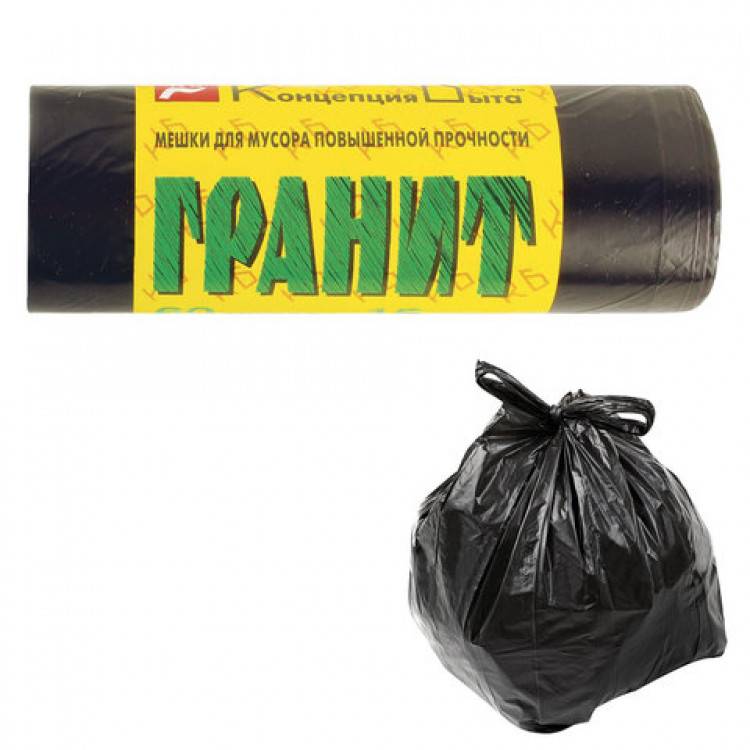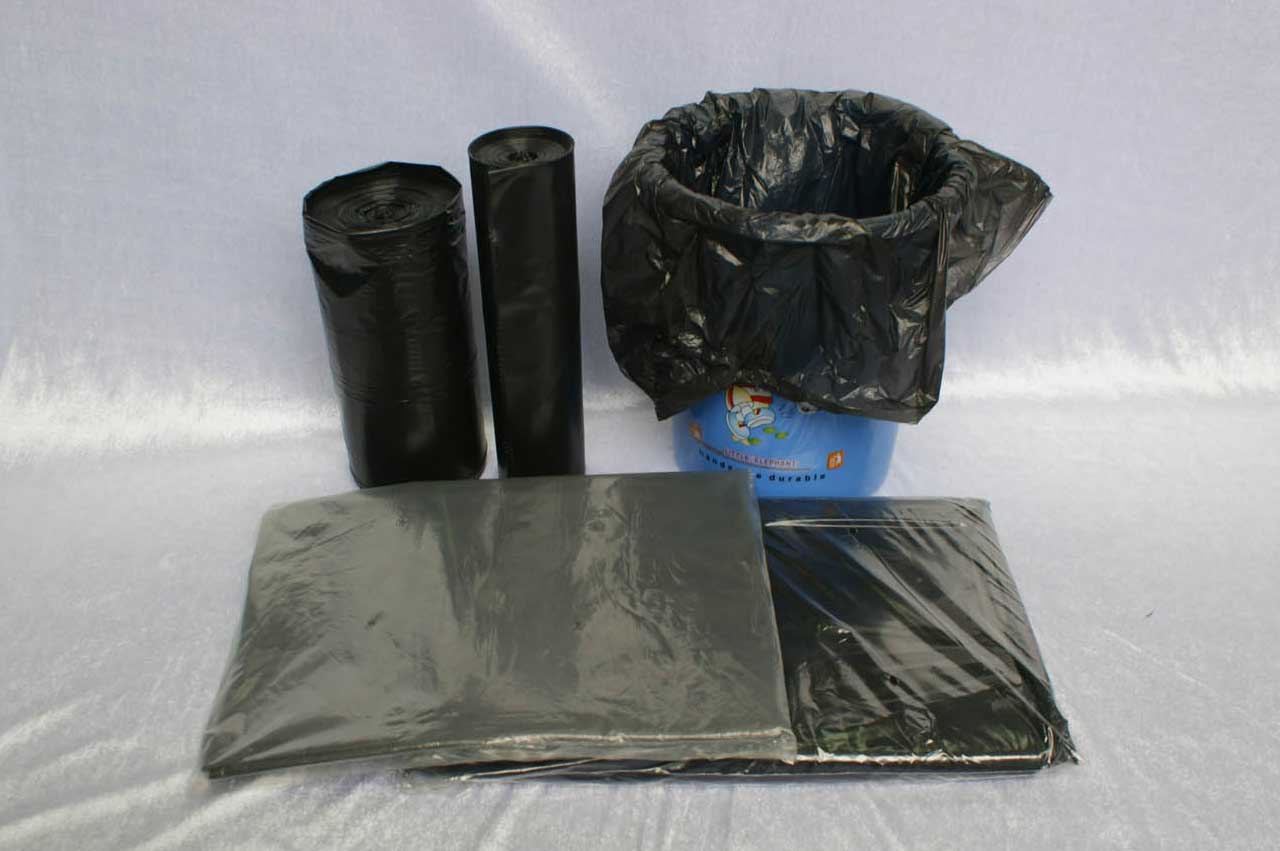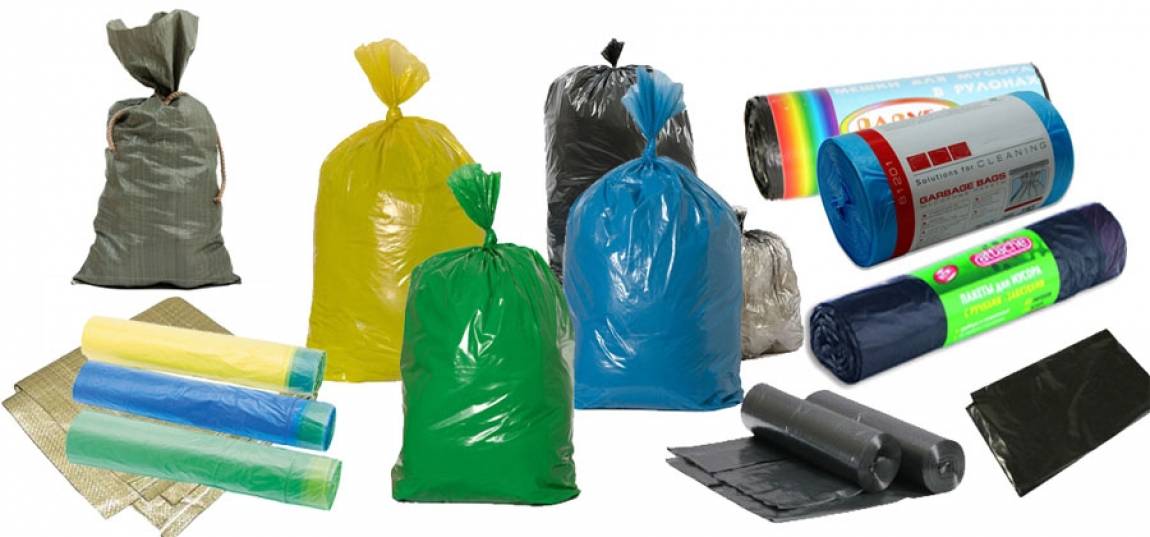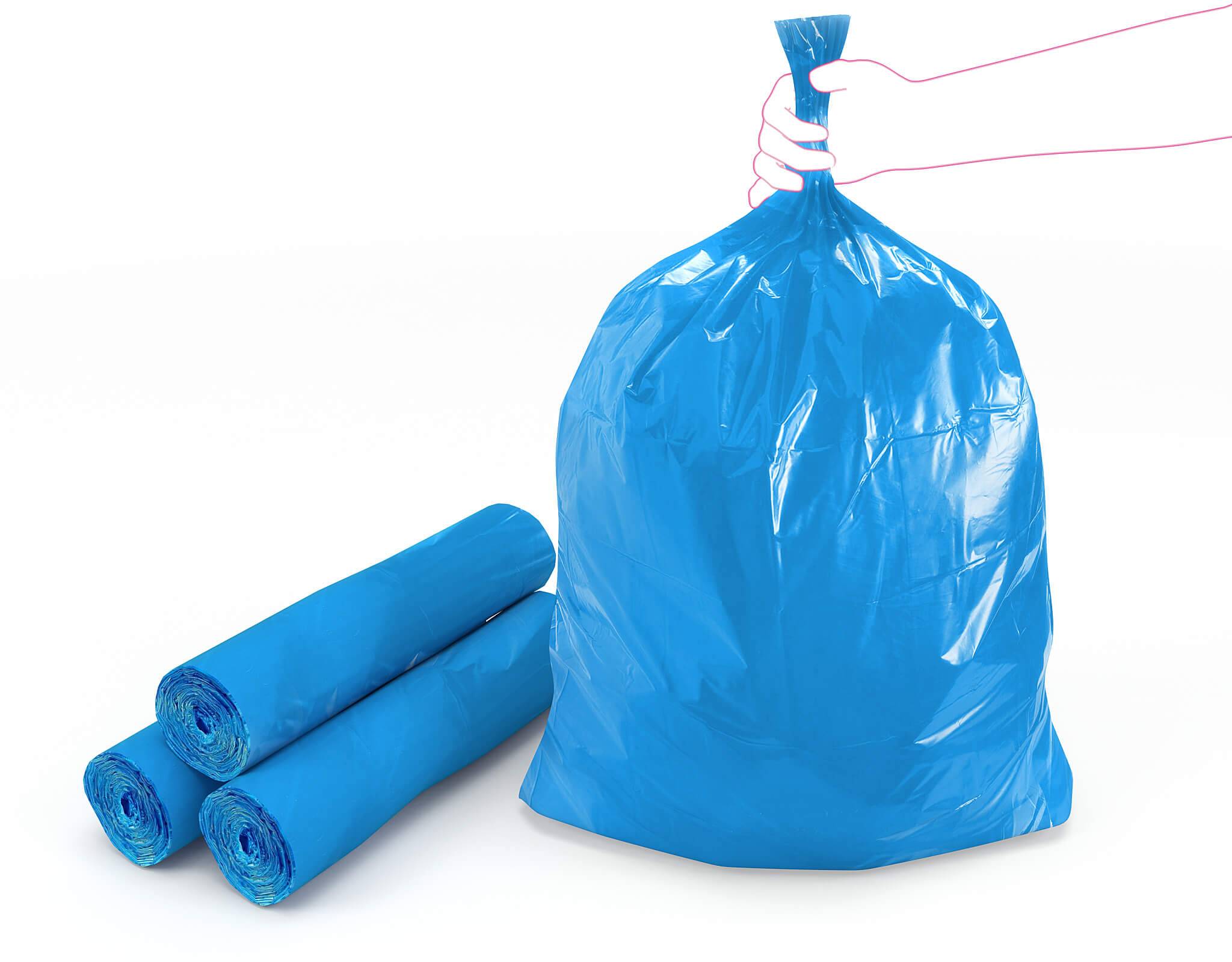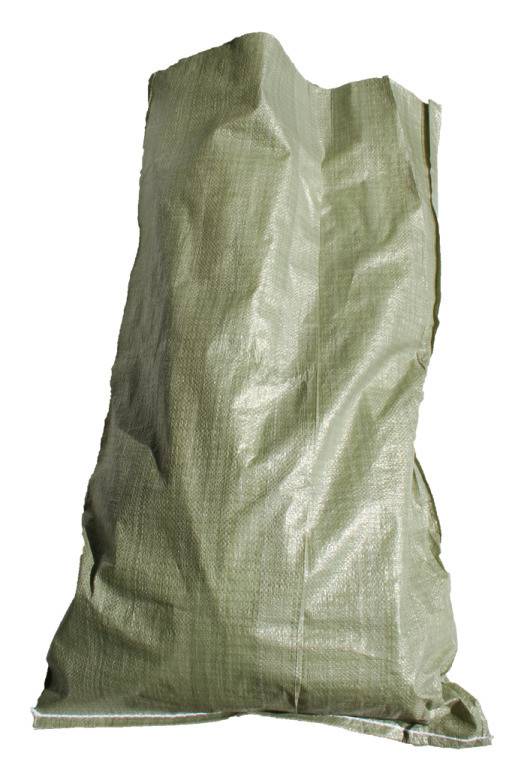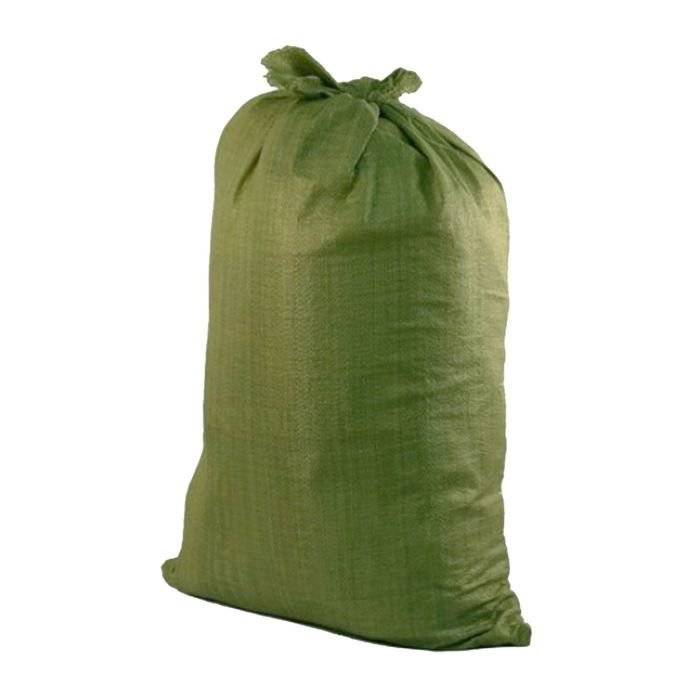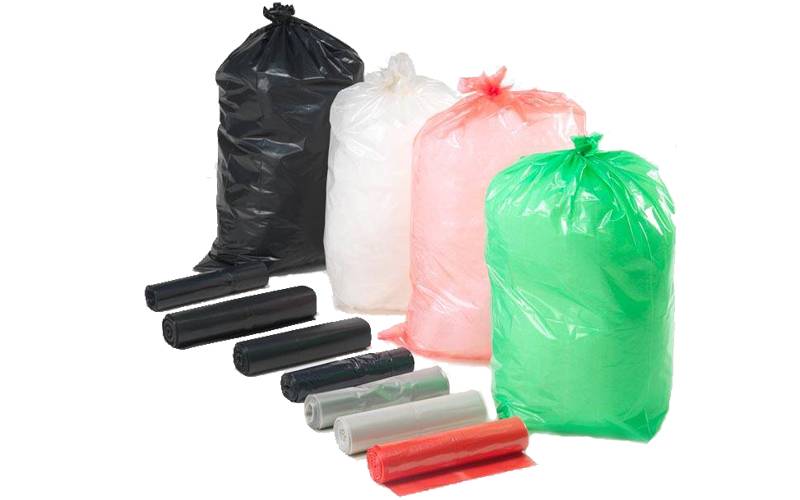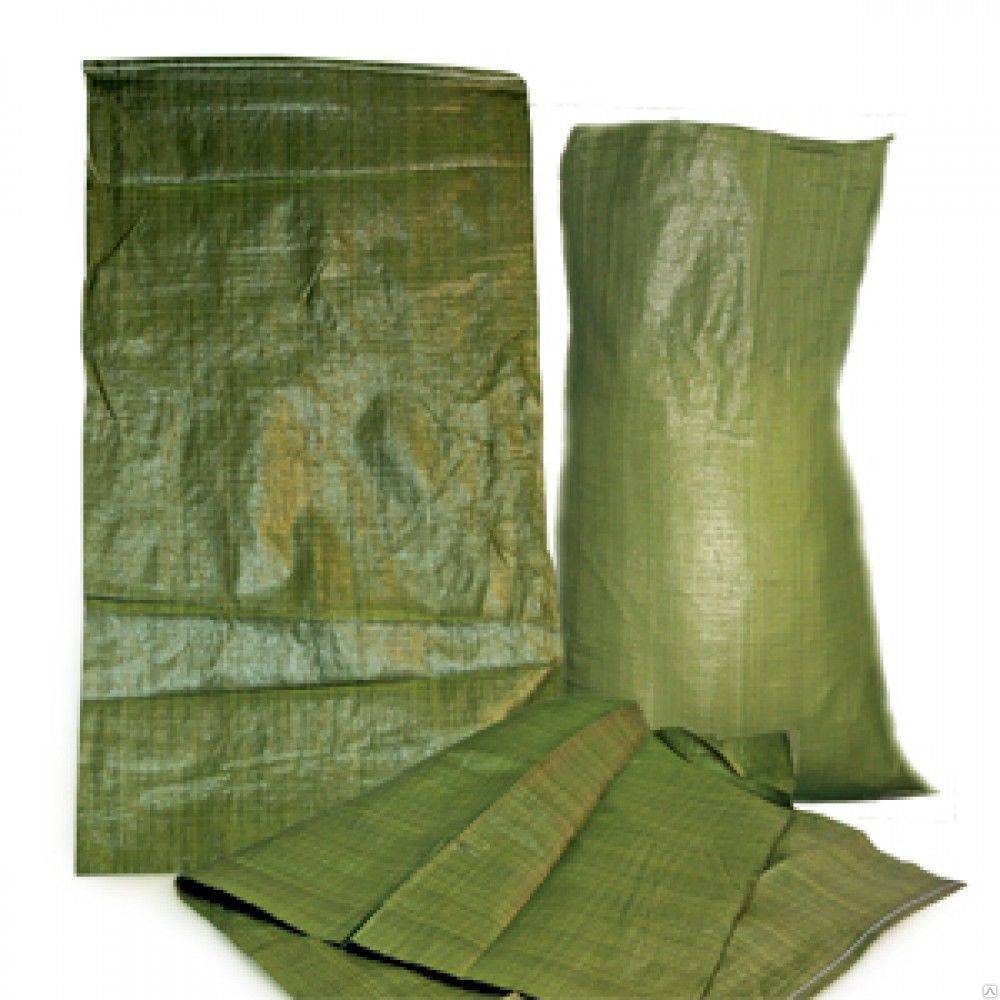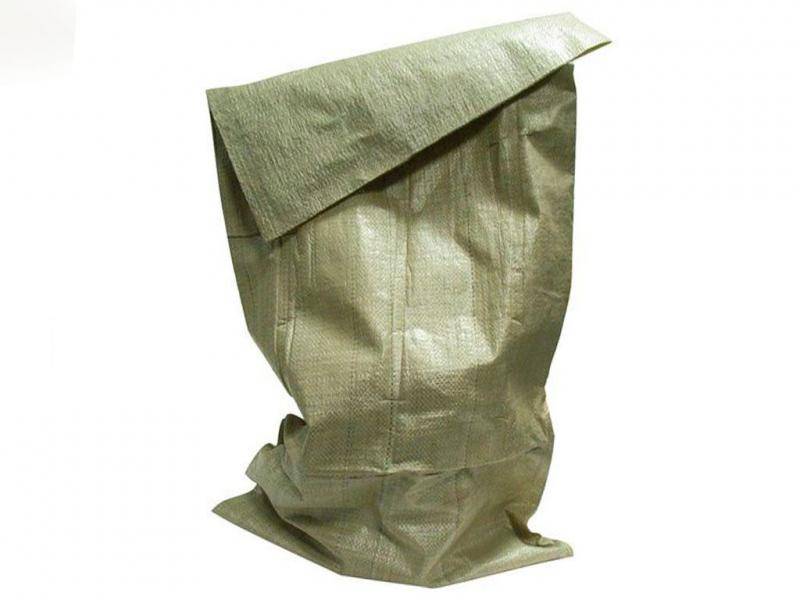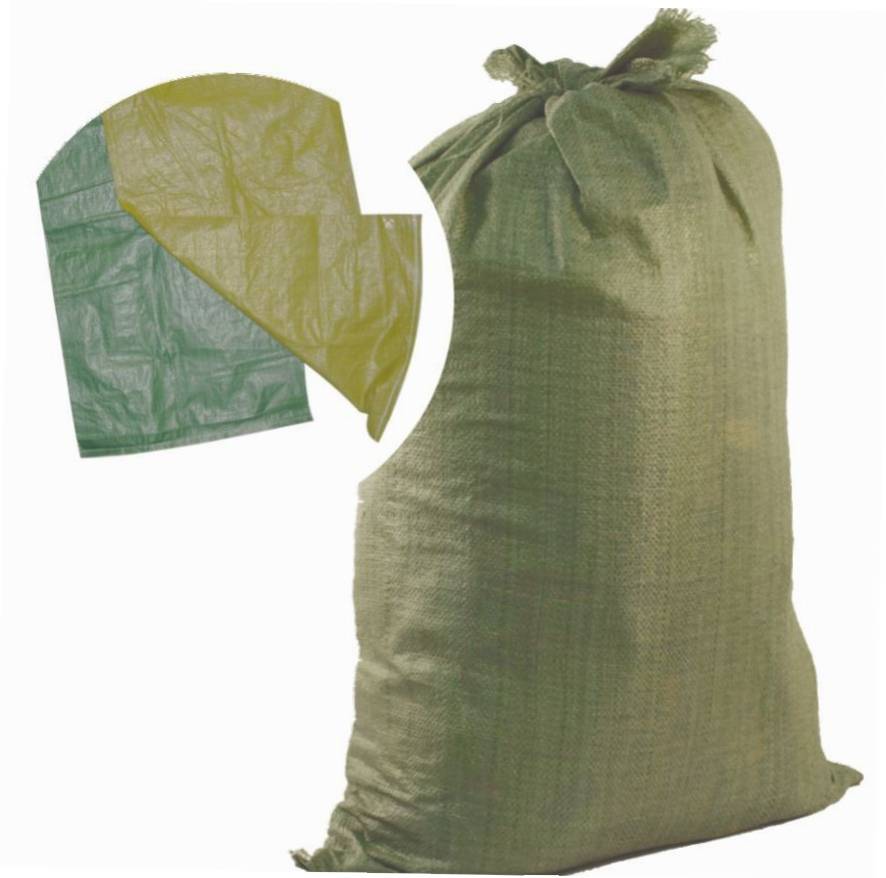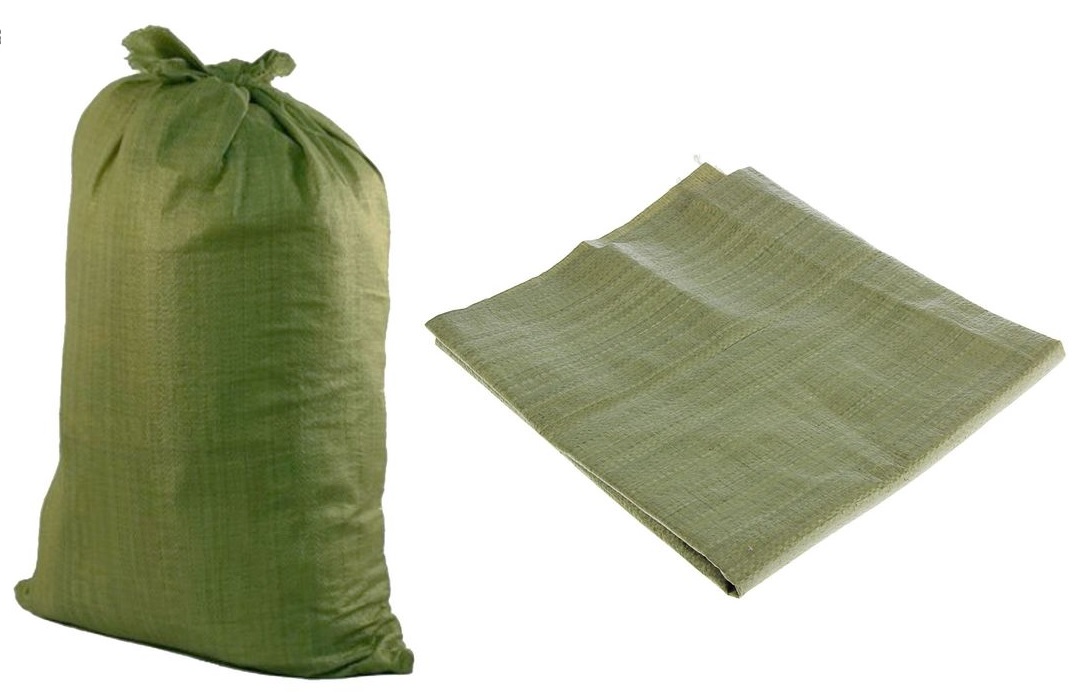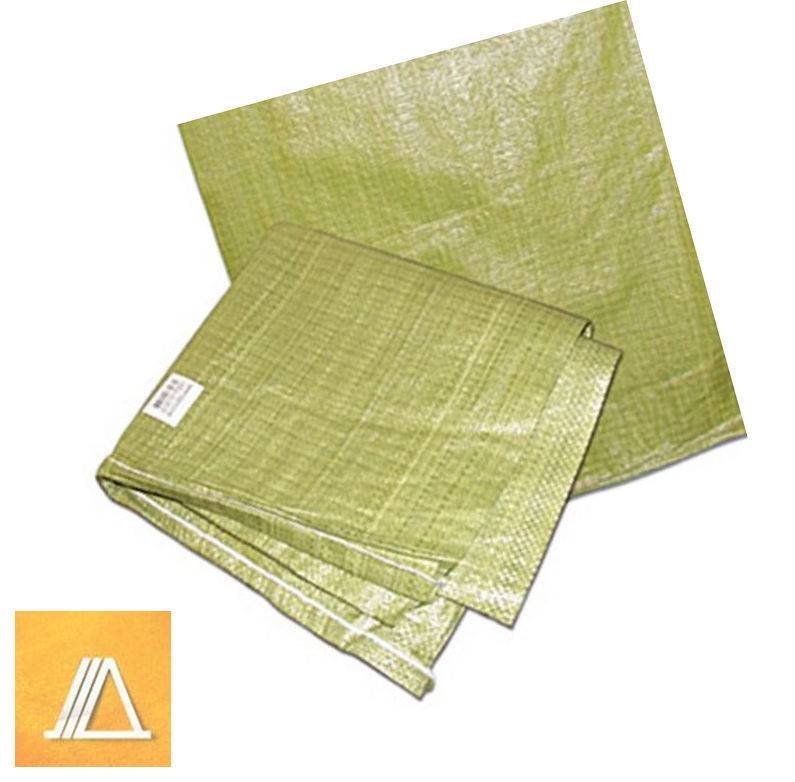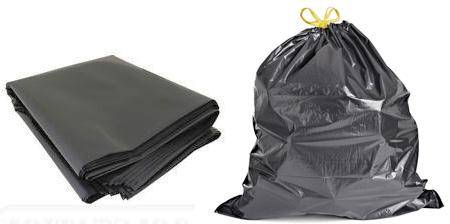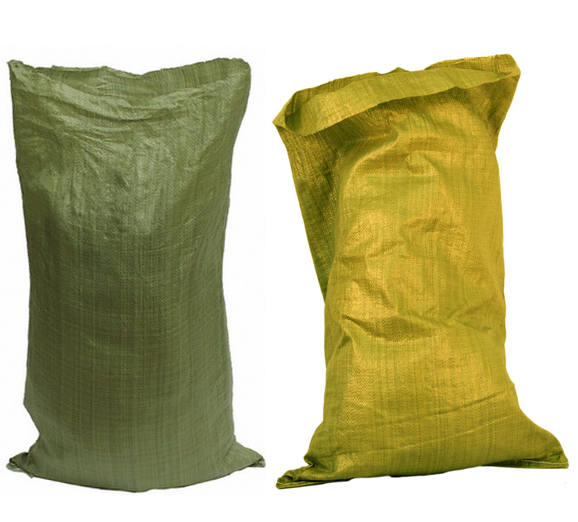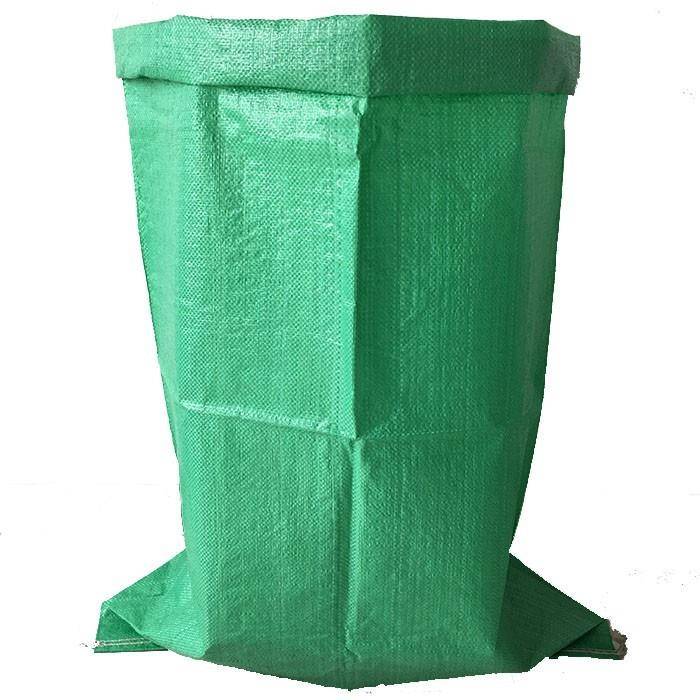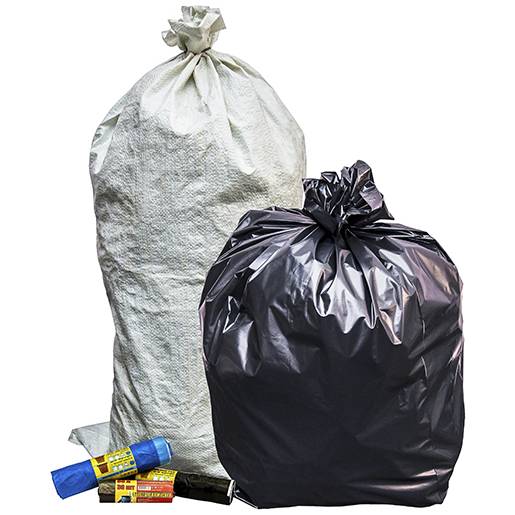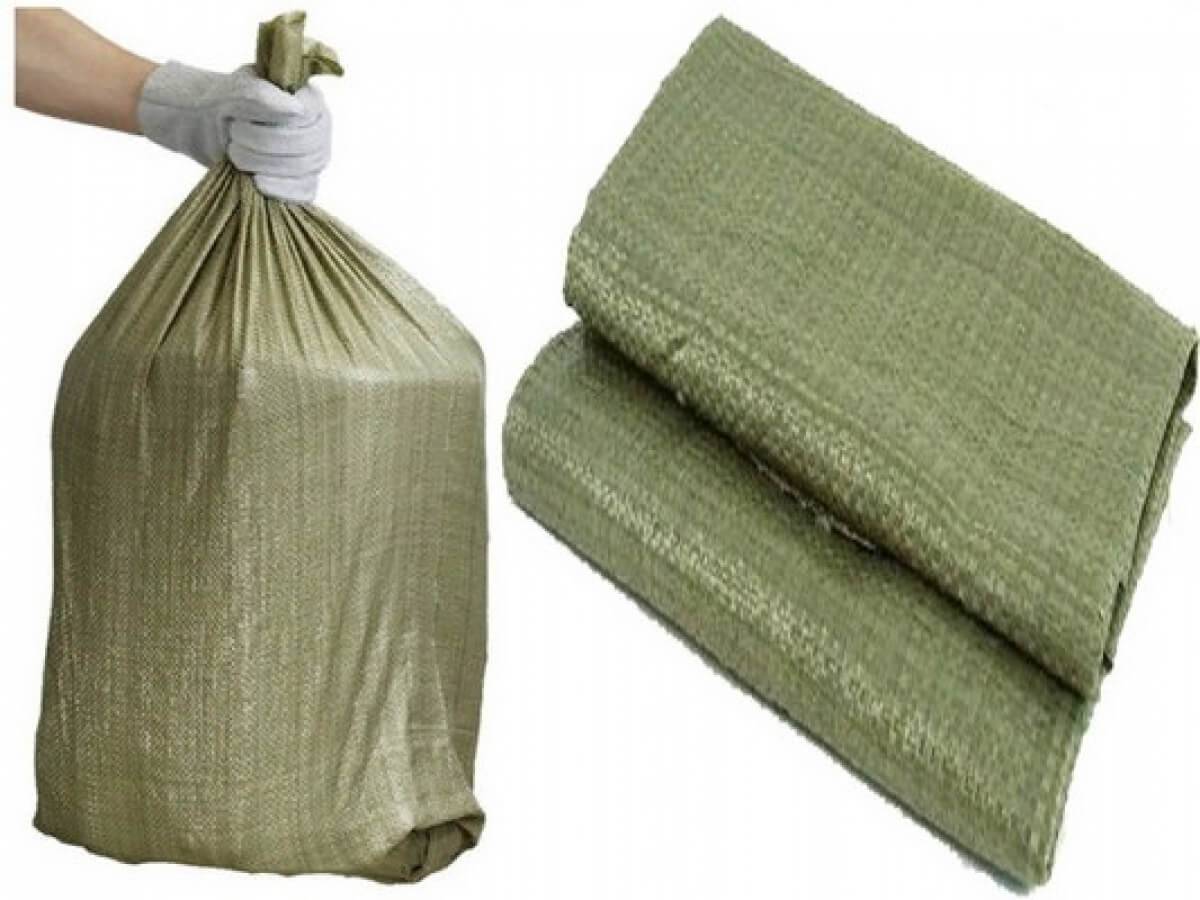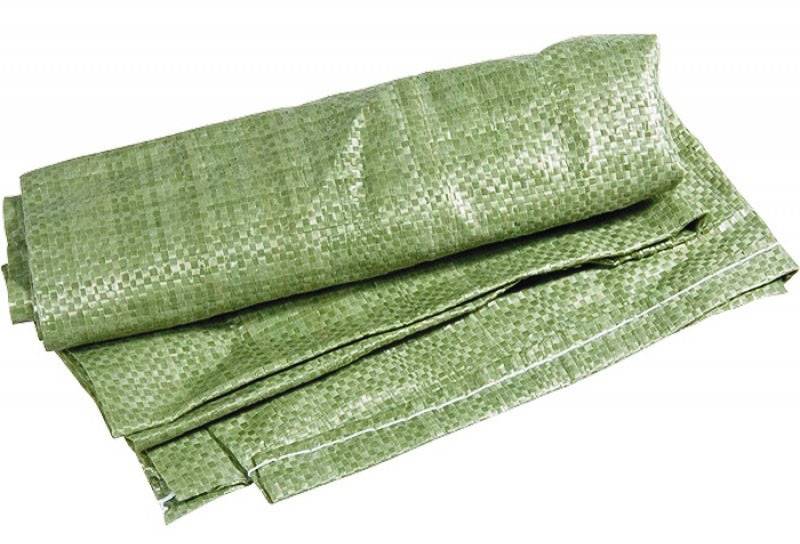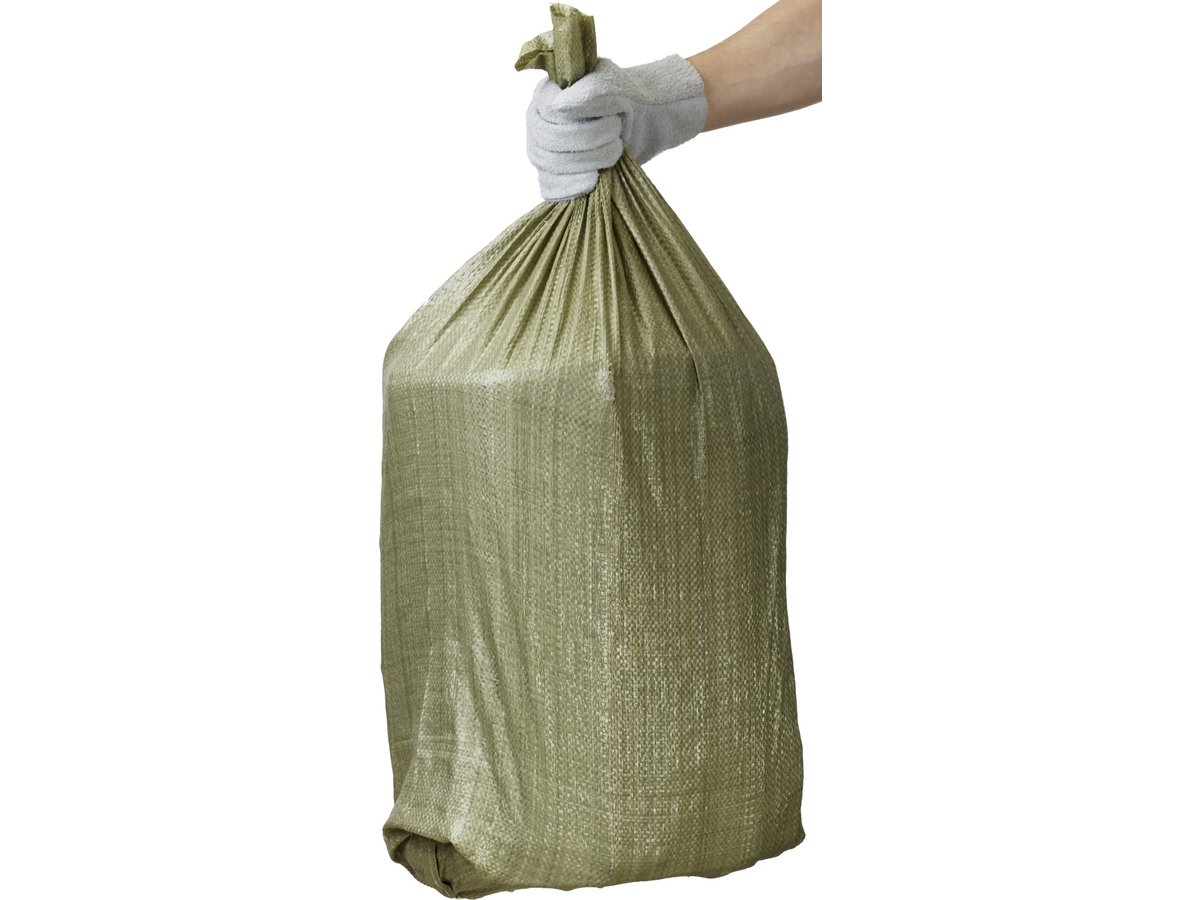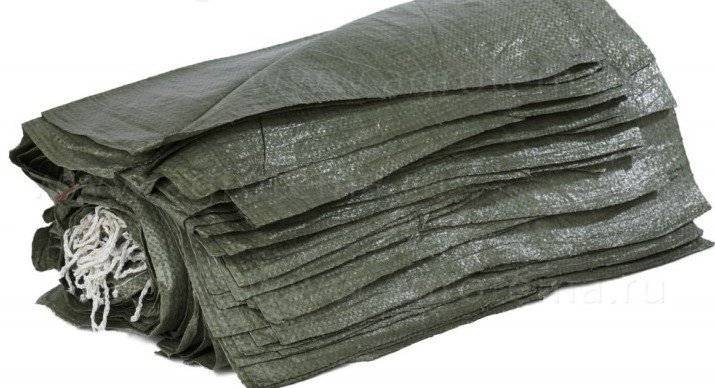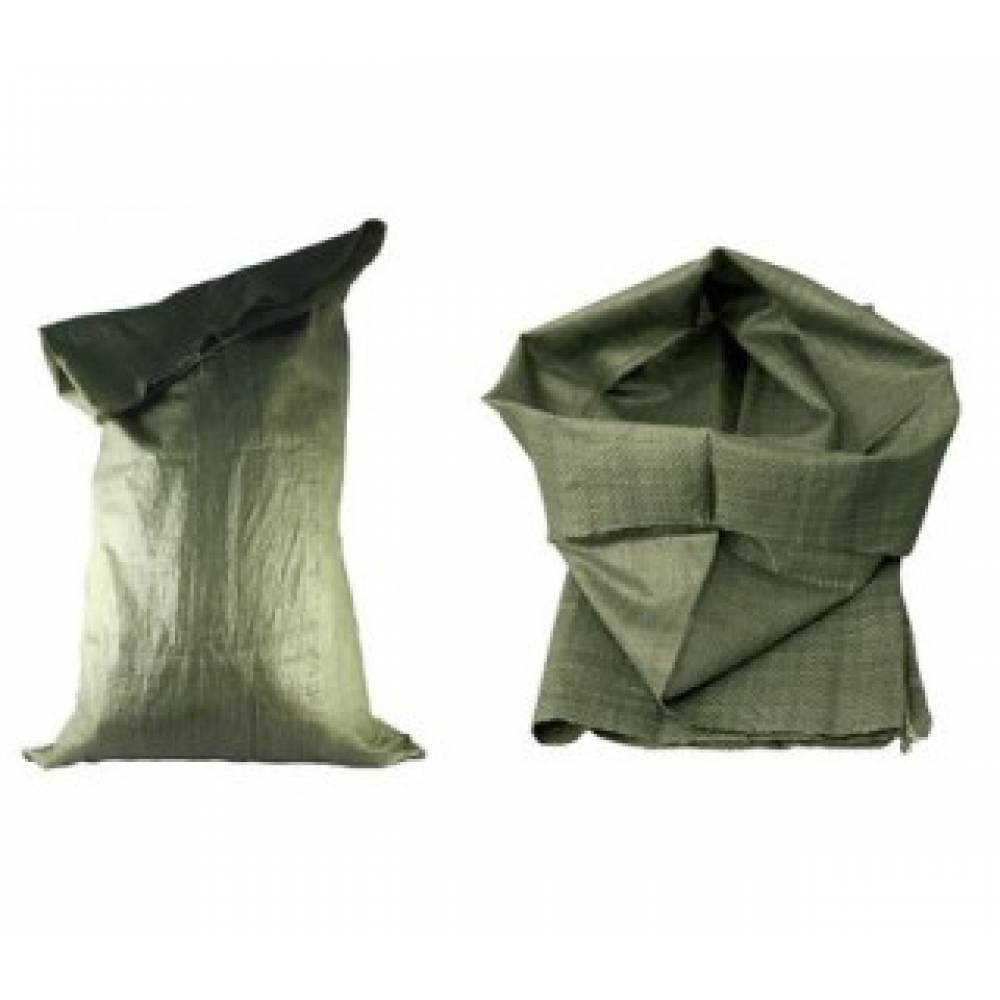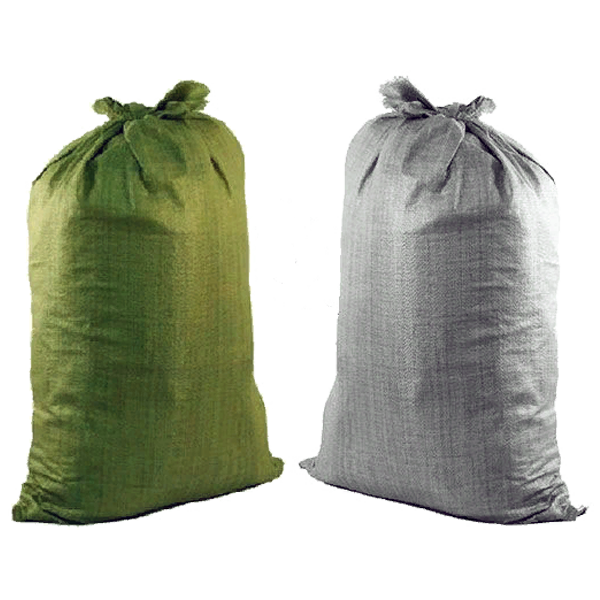The harm of plastic
Waste LDPE, HDPE are harmful, like any other plastic. They become dangerous as they decompose. There is a release of toxic substances that enter the air, and also clog the soil and water. Therefore, the problem of recycling plastic is always relevant.
What is harmful to human health
Under normal conditions, plastic is safe for humans, since it does not exchange chemical elements with water, food and does not release toxins into the air. However, when heated and decomposed, it already poses a serious threat.
The composition of various plastic products contains a large number of harmful chemical elements. Many of them have long been considered safe, but recent research suggests that this is not entirely the case. Under certain conditions, their allocation begins.
When toxic substances are inhaled and when they enter the body with water and food, there is a negative effect on the immune and nervous systems. With a genetic predisposition to oncology, this factor increases the risk of developing cancer.
What else is plastic harmful to health:
- Diseases such as impotence, cancer, mental disorders, and pathologies of the endocrine system are associated with toxic substances in the composition.
- Individual elements can lead to disorders in the functioning of the kidneys and hepatobiliary system, changing the hormonal background.
- Harmful components are capable of destroying hormones, in particular, male testosterone, which becomes a factor in feminization, that is, the acquisition of secondary female traits.
Danger to nature
Plastic decomposes for a very long time, this period can be up to 300 years. Some types of material cannot be recycled for reuse, which leads to the pollution of large areas, because the waste of HDPE and other plastics must be disposed of somewhere.
Bags and other polyethylene products are thrown into landfills without pretreatment. This means that chemicals seep into the soil along with rainwater. Thus, organisms living underground fall under the negative impact.
Poisonous components seep into the water that animals drink, which can cause their death. Not everyone is immune to contaminated fluids, so they are at risk of health problems and death.
How to keep yourself safe
The main thing that can be done for personal safety and preservation of nature is to properly dispose of plastic for its further processing. You should not engage in self-incineration of garbage and throw away bags near rivers, in forests, in the fields.
There is no need to use disposable plastic products multiple times. They are not intended for such exploitation, which means that there is no guarantee of their safety.
What can be replaced
An alternative to garbage packages can be the following:
- Trash bin with paper. This is a simple and affordable solution in which paper is placed on the bottom of the container.
- Newspaper package. This is a great way to get rid of unnecessary waste paper without harming nature.
- Disposable rubbish buckets. Their functions can be performed by fast food buckets or large plastic water bottles. It is permissible to use such a bucket more than 1 time.
At the same time, the most effective way to refuse packages is considered to be sorting waste, most of which goes to compost. Garbage bags come in a variety of varieties. They are made from different materials. Such products have various sizes and colors, which helps each person to choose the best option.
Share link:
LDPE, PSD and HDPE bags - differences
Polyethylene is produced in accordance with the requirements of the interstate standard.Grading of garbage bags is carried out not only by linear parameters, an important criterion is the material from which the product is made. The strength of the future product depends on the choice of polymer, as well as the raw materials from which it is produced.
Characteristic
Let's study the technical description of the main polymers:
- High-pressure polyethylene (LDPE) - from this material, an elastic and super-strong product is obtained that is resistant to sharp and cutting objects that fall into the garbage. Bags with a glossy surface, weatherproof, wrinkle-proof and reusable. The thickness of the version is from 10 microns and more, the tensile strength is 140-170 kg s / cm². Withstand loads up to 100 kg.
- Low pressure polymer (HDPE) is a tough material, recognizable by its characteristic rustle. Strength 200-300 kg s / cm². Thickness up to 20 microns. Used for lightweight waste.
- By the method of improved polymerization, a polymer of medium pressure is obtained. Density up to 0.96 g / cm³, strength up to 350 kg s / cm². Withstands loads up to 90 kg. Universal purpose.
What are construction garbage bags?
The operational properties of containers for waste collection depend on the conditions of production, raw materials. For transportation of waste obtained as a result of repair work, containers made of polypropylene or polyethylene are suitable.
Plastic bags
Polyethylene containers are produced in 3 types:
- Low-density polyethylene bags are made with the addition of stabilizers and dyes. With a decrease in temperature, the dimensions decrease, the container becomes fragile. A distinctive feature is a dull surface, loud rustling;
- high-pressure polyethylene bags are produced at temperatures from +100 to 300 ˚С under a pressure of 300 MPa. The container is elastic, does not pose a health hazard, and remains strong at low temperatures;
- medium pressure polyethylene is suitable for transporting waste without sharp edges and corners.
Containers are in high demand due to their low prices, large assortment, and good performance.

Polypropylene bags
Polypropylene bags are durable and can be used several times. The quality of trash bags depends on the density of the weaving, the type of polypropylene. There are 2 types of containers:
- Green (105x55 cm) - made from primary raw materials.
- Yellow (105x55, 55x95 cm) - produced from primary raw materials with the addition of secondary.
The advantages include spaciousness, strength. The container is not subject to putrefactive processes. It is used not only for trash, it is suitable for storage or transportation of fertilizers. Not afraid of temperature changes, direct sunlight. The only drawback is the relatively high cost compared to plastic bags.

Types of construction waste bags
Construction waste bags and sacks can be used to collect and transport household waste, broken bricks and concrete, bulk food and plastic granules, fallen leaves and cut weeds. In the sports field, large debris bags are used to transport snow in the preparation of ski runs.
Household containers are made of the following types of material:
- Low-pressure polyethylene. Refers to the budget category of goods, as it has a low density and restrictions on loads. It can be used for packing garden and medical waste, rags and other light items.
- Medium pressure polyethylene. Stronger polymer for high loads. It can be used for storing heavy objects without sharp corners and edges.
- High pressure polyethylene. LDPE bags are characterized by high strength and elasticity, do not lose their properties in contact with acids, alkalis and solvents. It is almost impossible to pierce the walls of the container with a sharp object. Used to collect glass, scrap iron, brick and concrete.
- Polypropylene. The polymer fabric is cut into thin strips that are woven into textiles. Blanks for containers are cut out of it. Woven bags can withstand heavy loads and are used in the construction and repair industry.
The bottom of the bags can be stitched with a strong thread or selected into an independent plane, reinforced with a second layer of material. In working order, such a container looks like a large bucket, it is distinguished by good stability and reliability.
The top edges of the bags, depending on their cost and purpose, represent a smooth thermal cut or a stitched strip to increase strength. In order to seal odors and prevent toxic fumes, some models are equipped with ties. Handles and loops are made on green polypropylene garbage bags for storing and transporting heavy loads.
You can determine the purpose of the products by their color. Green garbage bags are made of polyethylene. Their scope of application is determined by the type of material and its thickness. The black bags are made of polypropylene and are durable, reliable and versatile. They can be used in all spheres of life, including for storing wastes of 1-3 hazard classes.
The inner surface of the container can be regular and laminated. The first option is distinguished by good ventilation properties, preventing the formation of mildew and mold. The second option is intended for collecting objects with sharp edges - iron, glass, torn stone and concrete. Garden waste bags with cellophane liners are available for storing materials that need to be protected from moisture.
Manufacturers produce polymer products with the following technical characteristics:
- Size - 50 × 90, 55 × 105, 70 × 115, 80 × 120 cm.
- Volume - 60, 80, 120, 180, 240 liters.
- Wall thickness - 30, 40, 50, 60 microns.
- Carrying capacity - 50, 60, 75, 100, 120, 150, 200, 500 kg.
Where according to the law you can take construction waste
Typically, most of the construction waste can be recycled. After processing, stone scrap is used for filling concrete solutions, wood for making paper and cardboard, glass and metal for remelting, brick for arranging drainage.
Domestic legislation does not provide for the storage of bulky waste and construction waste at sites that are installed in the local area. It is also forbidden to dump recyclable materials in the fields, along roads and on the banks of water bodies. Filled bags must not be stored on staircases and landings, as this is contrary to fire safety rules.
You can properly get rid of debris in construction bags in the following ways:
- Contact the services of one of the organizations licensed for the disposal of household waste. Such companies have their own transport and staff of movers. Experts have the equipment to determine the hazard class of recyclable materials.
- Conclude an agreement with the management of one of the landfills for municipal solid waste (MSW). If you have your own car, you can take out the waste yourself. To do this, you need to pay a receipt and get a pass.
The cost of disposal depends on the volume, weight and hazard class of the waste.
Modern methods of plastic recycling
Processing of HDPE is carried out depending on the degree of pollution, that is, the presence of other components in the composition. Valuable recycled materials are cleaner than more expensive, which is why not all recycling companies take on dirty material.
Recycling HDPE packages starts with sorting by color. The quality of the final raw materials will depend on this. Then the garbage is crushed to a homogeneous mass. This is done in a special crusher with shears. After that, cooking takes place, during which the mass becomes homogeneous. Then it is rapidly cooled and dried.
The resulting agglomerate is converted into pellets using an extruder and a water sleeve. The raw material is now ready for sale. Secondary granules are used for the production of non-food products.
A variety of technologies are used to make new products using granules. The finished product has a mark that it is made from recycled materials. Re-processing in this way is no longer carried out.
Plastic can be processed into fuel and this is a very cost-effective solution. There are many resources and the processing process does not require significant costs. For example, the Envion company has produced a plant that makes it possible to obtain oil from plastic waste.
What else should be considered?
In addition to the material of the dust accumulator, it is required to pay attention to its capacity and method of fixing. When evaluating the capacity of the chamber, it must be borne in mind that the vacuum cleaner will pull in well only when it is filled to a maximum of 50%
It is almost impossible to remove a filled bag without damaging it. And even in this case, you can use it only once after replacement.
As for the size, everything is simple - there is no particular point in purchasing bags shorter than 20 cm in length. Yes, shortened versions prevail on sale. But this is exactly the case when finding a rare product makes life easier. The main thing is that the dust collector fits freely in the vacuum cleaner. And don't forget to check that the retainer holds the neck tightly.
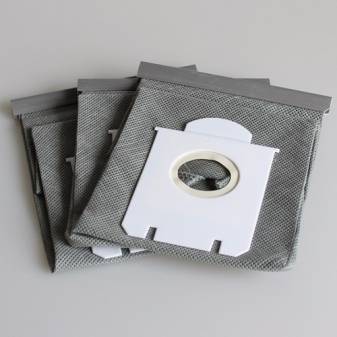
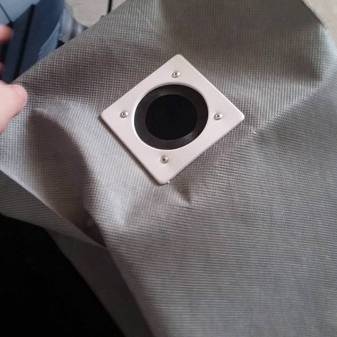
For information on how to make a reusable bag for a construction vacuum cleaner, see the next video.
Trash bags HDPE
HDPE bags have a number of distinctive characteristics. They have thin walls and a characteristic rustling sound. They can be of different colors and patterns. Without the addition of dye, they are transparent.
Views
If we consider exactly garbage bags, then they differ in the type of bottom:
- No folds with a flat bottom. A widespread type of package. Cheap and practical option. It is lightweight.
- No folds with a seam. The bag is additionally reinforced and can carry more weight. Not very suitable for liquid waste.
- With folds, seam and flat bottom. Has increased resistance to mechanical stress and relatively high strength.
- With a bottom fold and a seam at the bottom. A special feature will be that the folds are at the bottom, and not along the entire length. It can withstand heavy weight well, does not break.
- With a special bottom "Star". Cylindrical shape, which ensures an even distribution of the contents over the entire surface. It resists moisture well, does not leak. They are in demand in public places.
Tips for choosing trash bags
When choosing bags for collecting garbage, you should pay attention to several factors:
- Volumetricness. When removing bulk waste, it is recommended to use a container with a capacity of no more than 60 liters. Otherwise, it will be difficult to carry bulky, large bags.
- Quality factor. The most durable are polypropylene bags. You can choose polyethylene, but you must take into account the weight that the container can withstand while remaining unharmed.
- The thickness of the bag is indicated on the package. Varies from 9-250 microns. The higher the indicator, the denser the container. For transporting garbage, you should choose containers with a wall thickness of 60 to 120 microns.
- Carrying capacity. The polypropylene container can withstand a load of up to 65 kg. In high pressure plastic bags, you can carry garbage weighing up to 25 kg, low pressure - 30-35 kg.
In addition, when choosing a container for construction waste, you should pay attention to the presence of handles and ties. This makes it possible to hermetically close the bag
It is also desirable to have additives that make the container biodegradable. Such impurities do not affect the density of the bag, the bag decomposes in 1.5-2 years, while the usual one - up to 100 years.
To ensure safety when transporting, loading and unloading bags, it is necessary to select them in accordance with the characteristics of the debris.
Share link:


